





This article will discuss the sun clocks you can set up with free information available on the Internet. The interactive analemmatic "human" sun clock is the focus for my needs, but others will be listed for you to create a sun clock to suit the amount of space in your yard.
Sun clocks, or sundials, can be found all over the world. There are noted historical and modern architectural landmarks, and some that blend into the scenery, hidden from the unknowing. We admire the beautifully ornate sundials in elaborate formal gardens, but it is not always apparent how to read them. The more simplistic traditional sundials sold in garden centers do not tell time all that well (to me), but serve as a decorative reminder of a bygone era.
I spent weeks searching through math-ladden web sites looking for a simple design, custom template, or easy construction method, for an analmmatic sun clock for my yard. I found several interesting free plans for kid's outdoor activities on the Internet that I think I can modify for my use. At the very least, they may be fun and educational projects that can be as simple, or elaborate, as a budget will allow, and space permits.
I will warn you that even if you decide on a sun clock design with computer generated calculations, to avoid all the math involved, you will still have to mathematically construct the layout onto the yard or garden area.
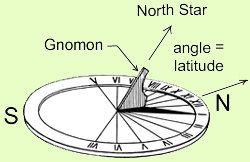 The following web site information may help you understand some basic sundial terminology before getting started on your project. If you are already familiar with the information, skip to the FUN part.
The following web site information may help you understand some basic sundial terminology before getting started on your project. If you are already familiar with the information, skip to the FUN part.
Helpful sundial web sites:
A little about an analemmatic sun clock:
Morning, noon, and night fall are times of the day easily determined, but the length of daylight hours change throughout the seasons. An analemmatic sun clock takes the time of year into account by having the human "gnomon" stand on the designated spot for the current month in the centrally located calendar section of its layout. This special monthly positioning causes the human shadow to fall more closely on the appropriate hour mark in "solar time."
But, what about Daylight Savings Time (DST)? The analemmatic clock can be created with an outer offset row of hour markers to represent DST (see diagram below).
An analemmatic sun clock is versatile. The components can be set flush with the ground for easy yard maintenance, or created with small structures and plantings, or embedded in sand and stone-filled beds. They can also be painted onto asphalt and concrete pavements (see sidebar photos at right).
Materials and information you may need:
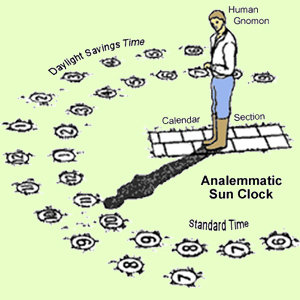 Retrieve your Latitude and Longitude by entering your zipcode from one of the following: ZipInfo, or NOAA.
Retrieve your Latitude and Longitude by entering your zipcode from one of the following: ZipInfo, or NOAA.Additional things to consider:
You can make a sun clock for your yard or garden, school, scout troop, or community organization. It can be a fun and educational project for all ages. Determine a sun clock design that best suits your needs, or the area you have to work with, and the size clock your budget and time will allow. You can organize a group to help delegate responsibilities to prevent a big project from becoming too overwhelming.
Your sun clock will be uniquely personal and meaningful. Having the various clock components pre-made could shorten the construction time on project day, and help to work out any bugs beforehand. Consider scheduling preliminary workdays to make and customize component features for the sun clock, like: painted or tiled stepping-stones for hour indicators, or sundial face; construction of a creative gnomon or pedestal; locate plants, or start seeds for special landscaping needs. I am sure you can think of countless ideas for your sun clock, or sundial!
Most important, be sure to have FUN!
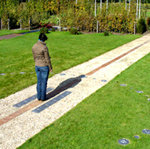
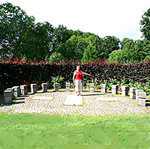
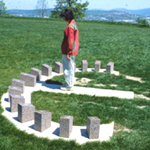
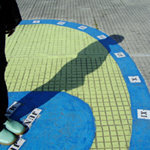
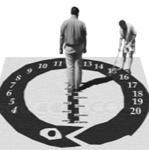

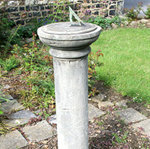
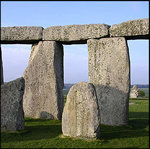
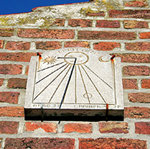
Copyright © www.100flowers.win Botanic Garden All Rights Reserved